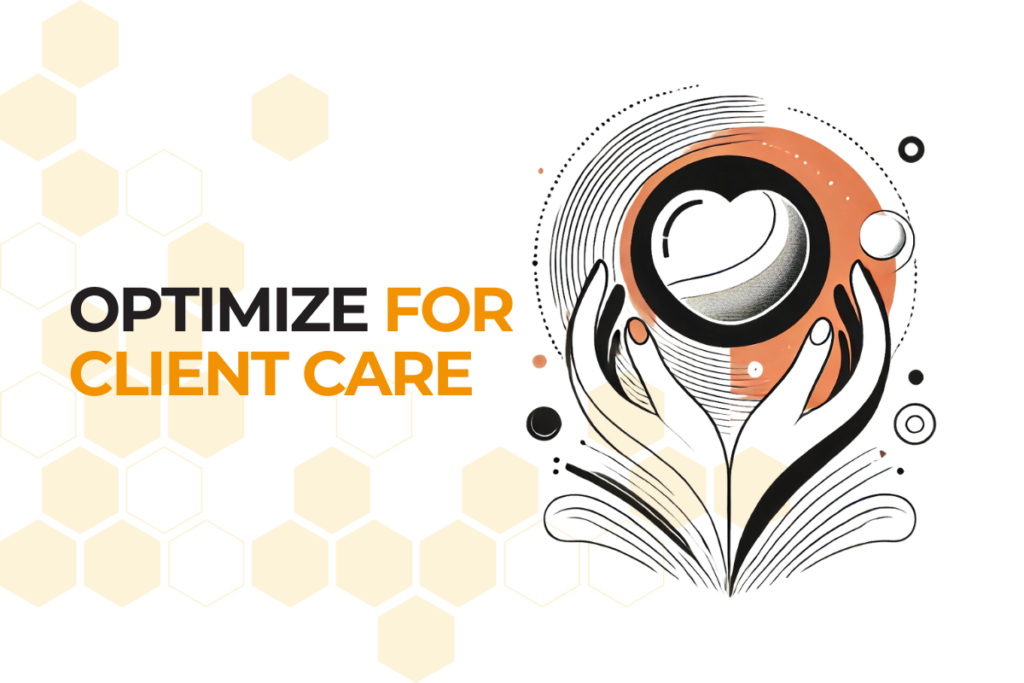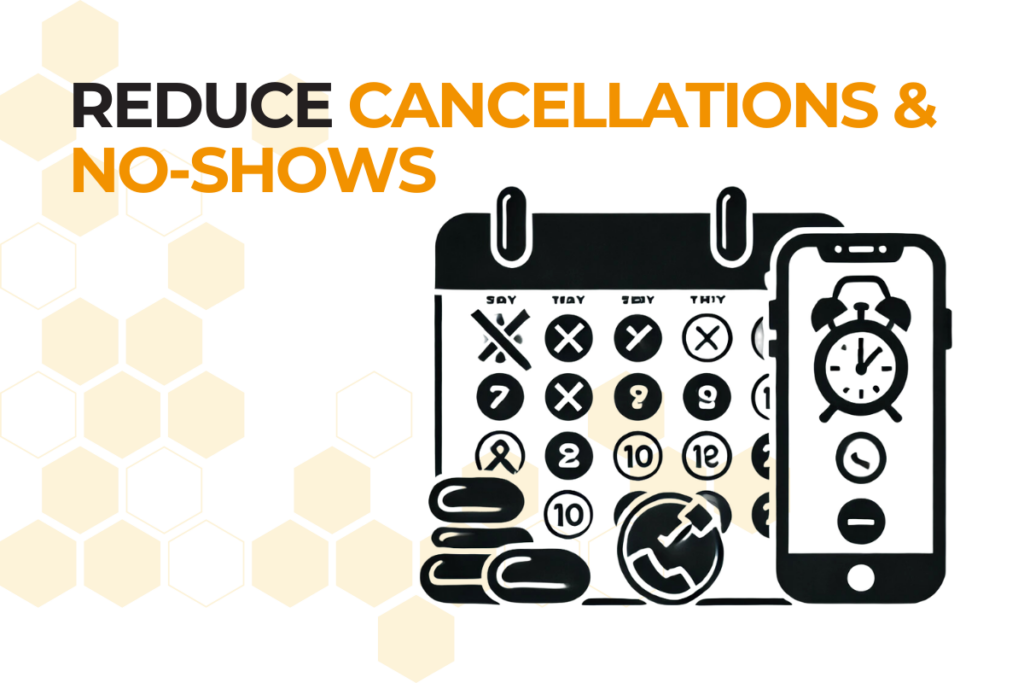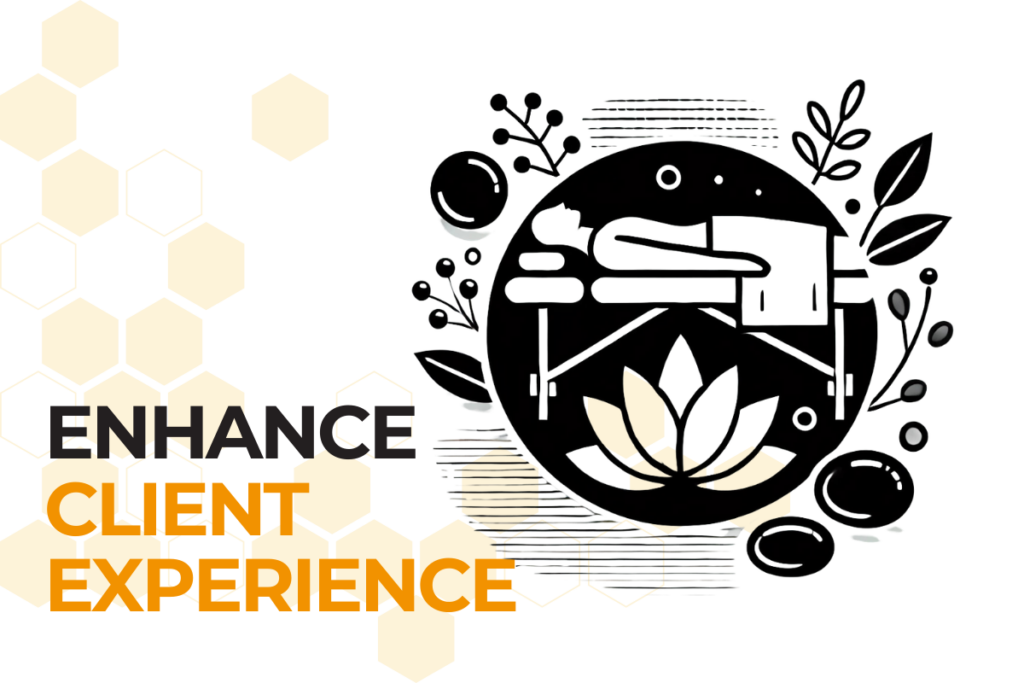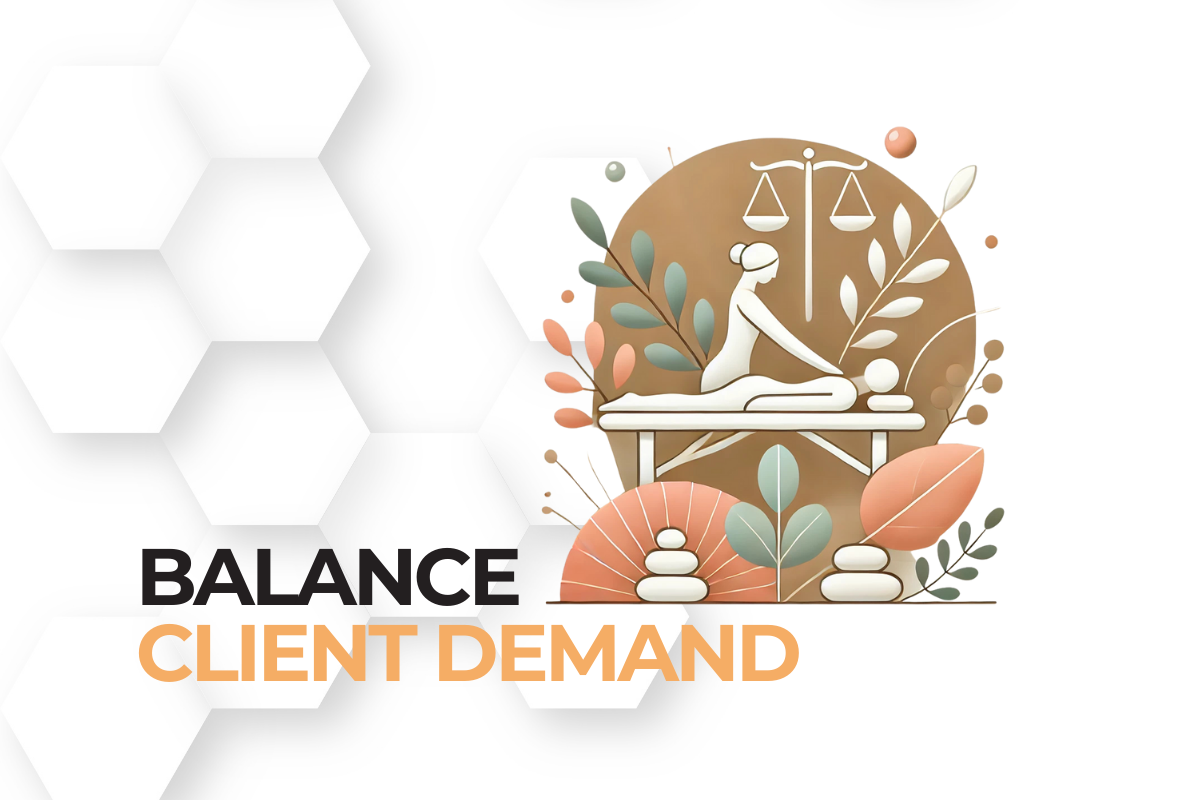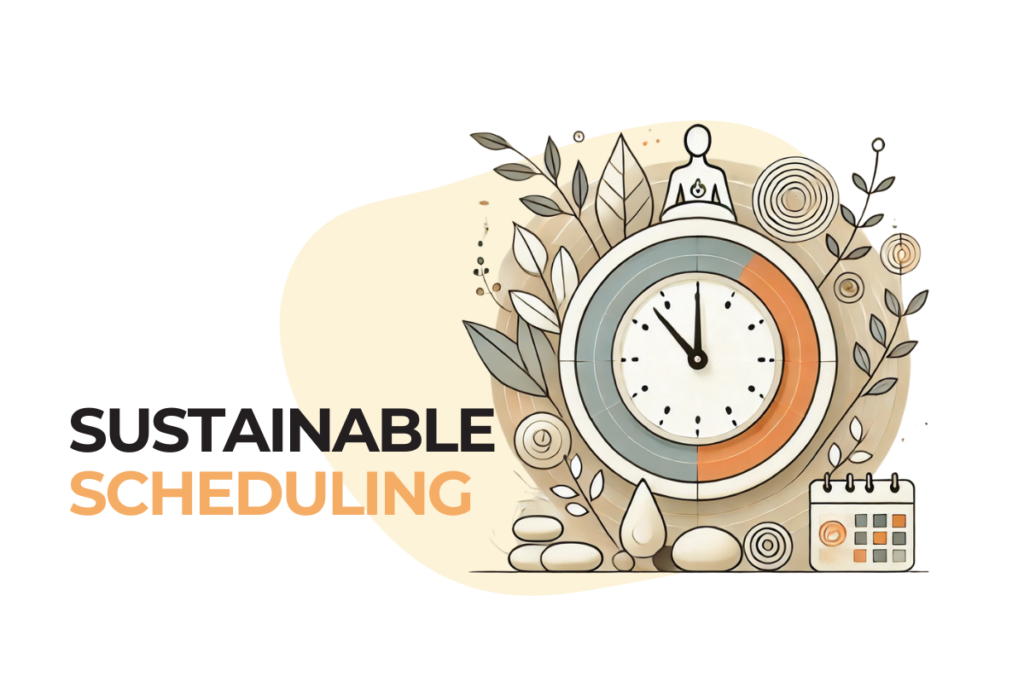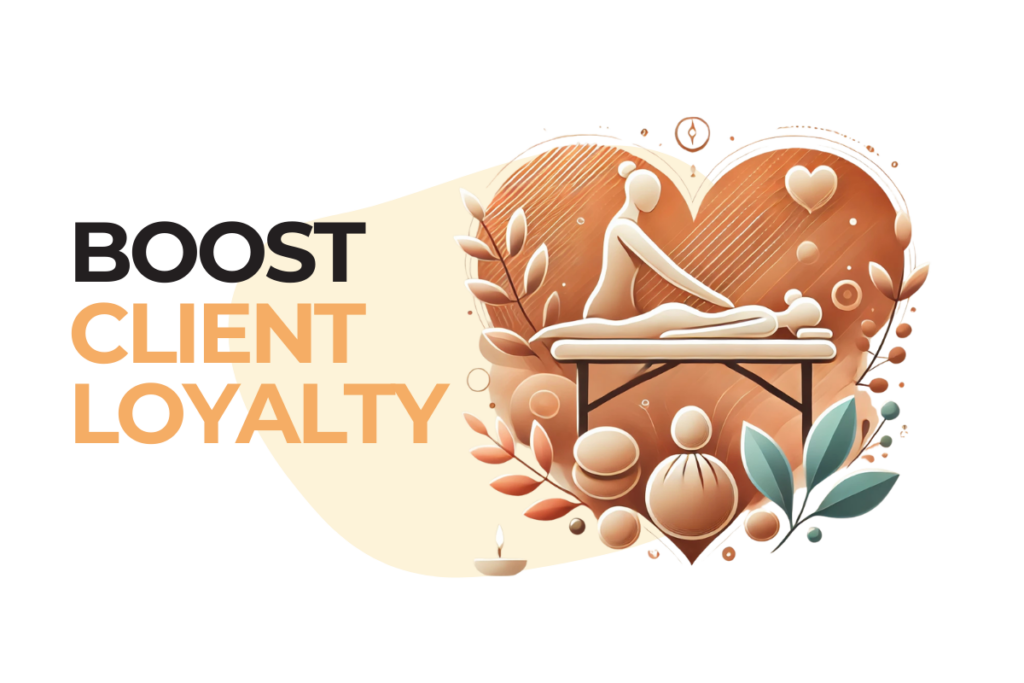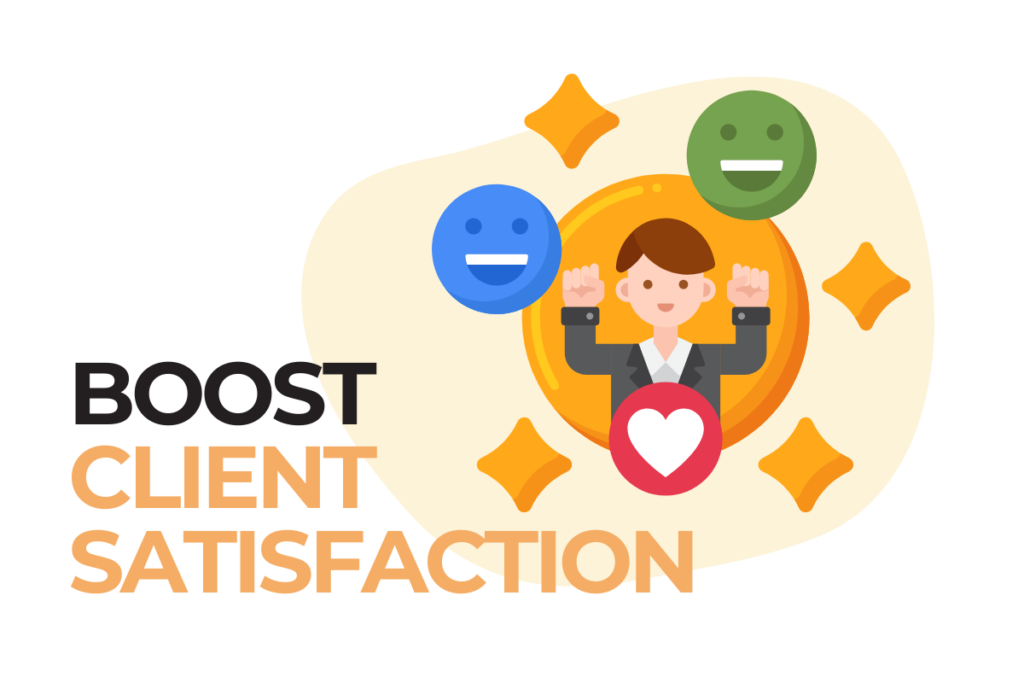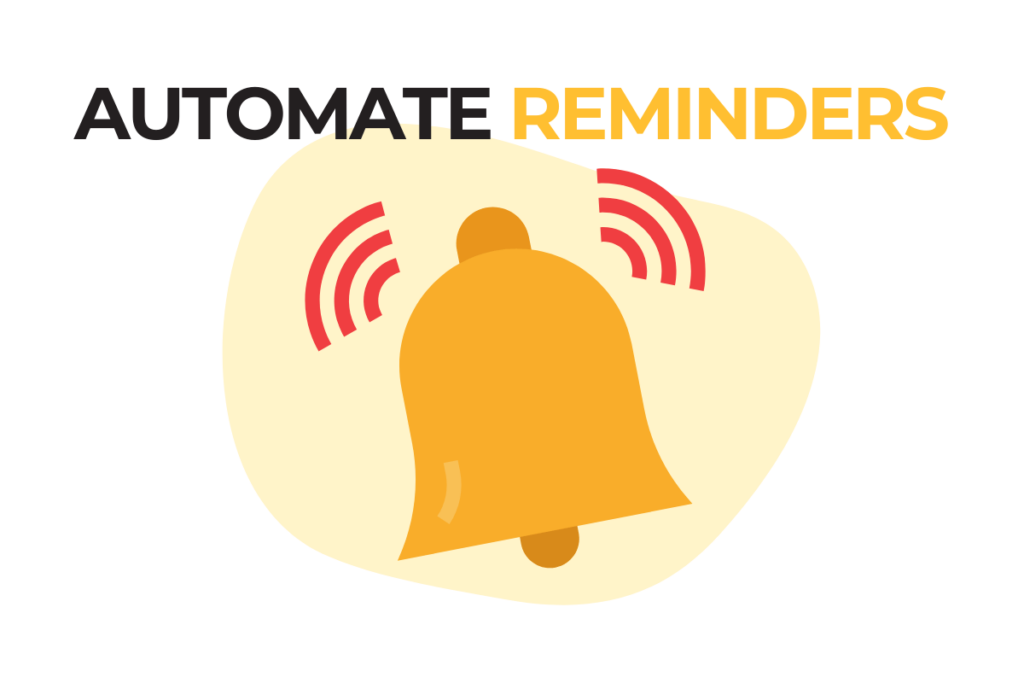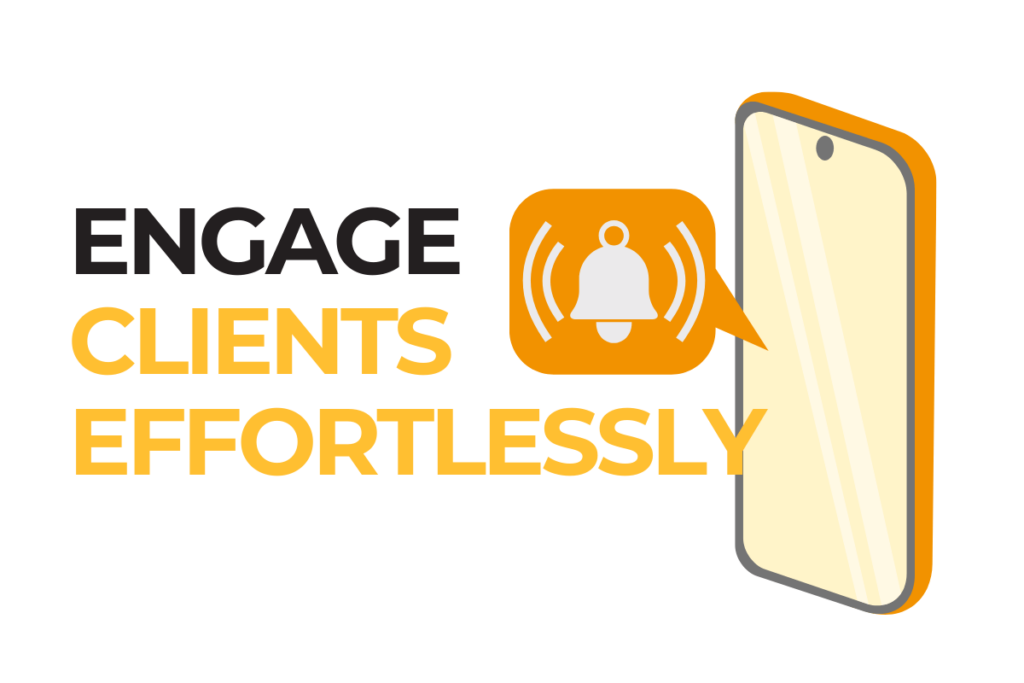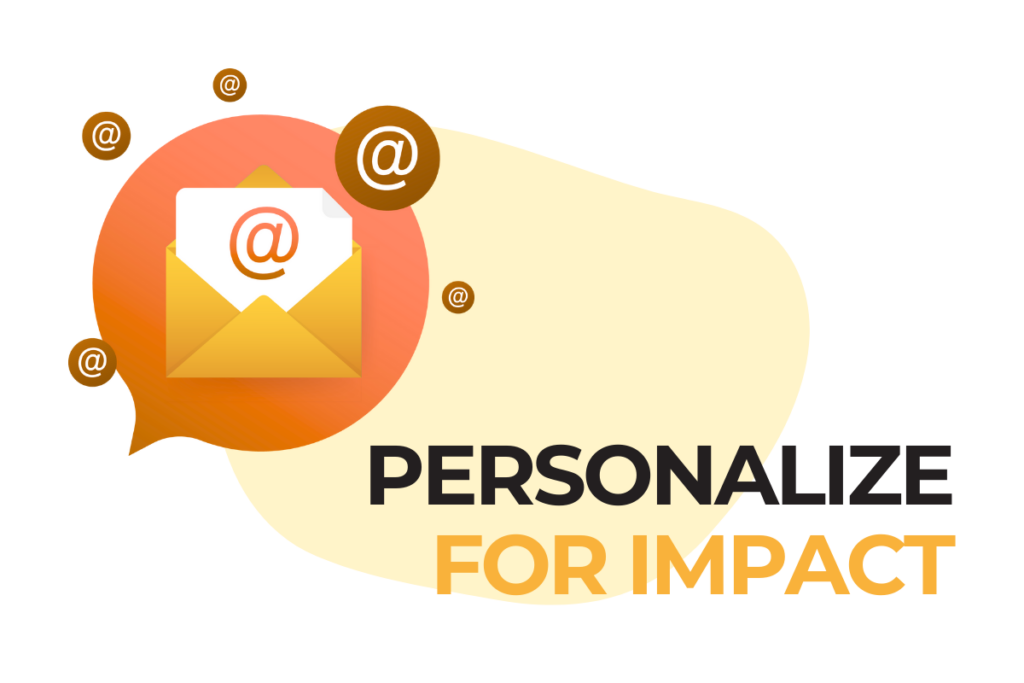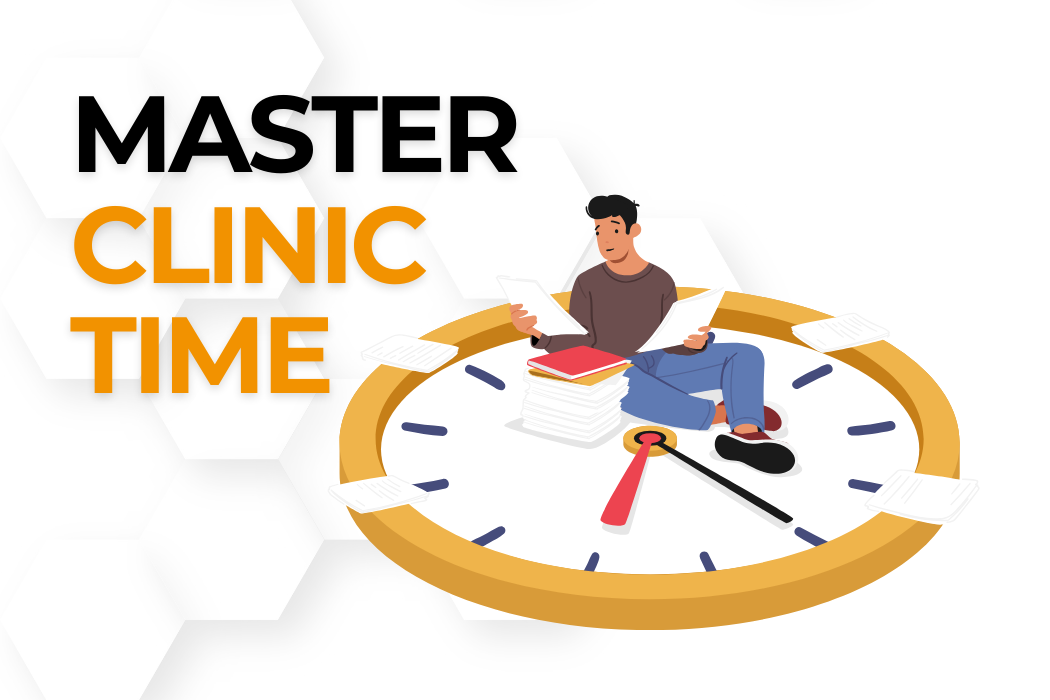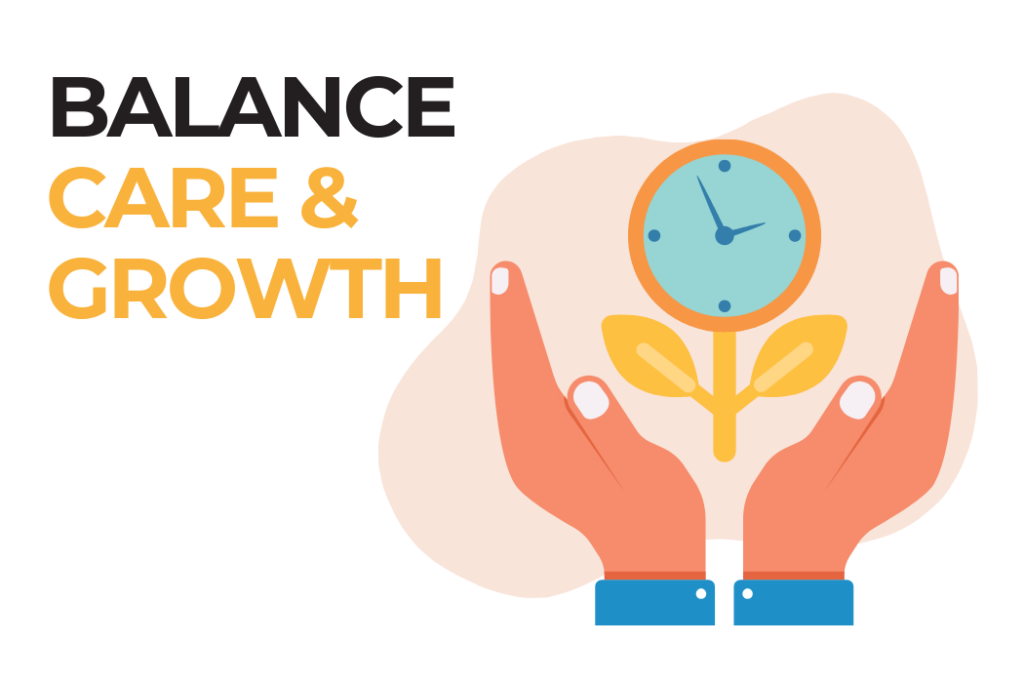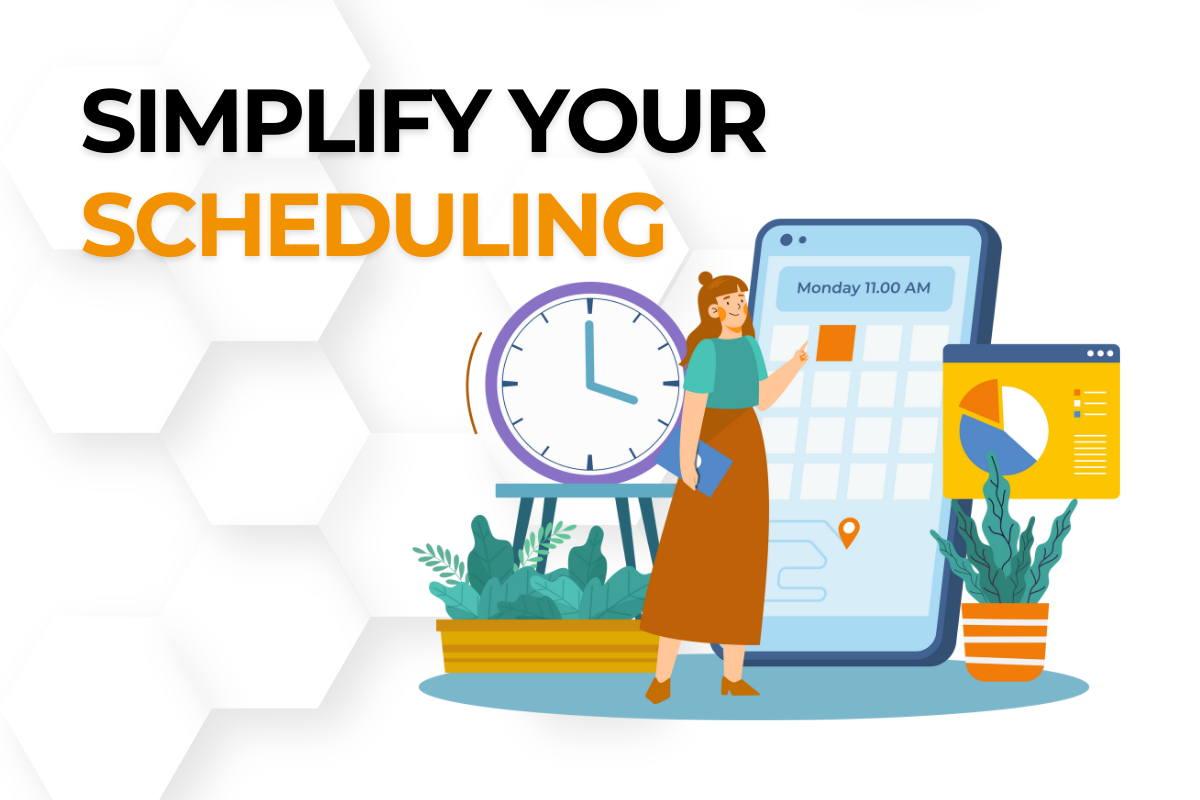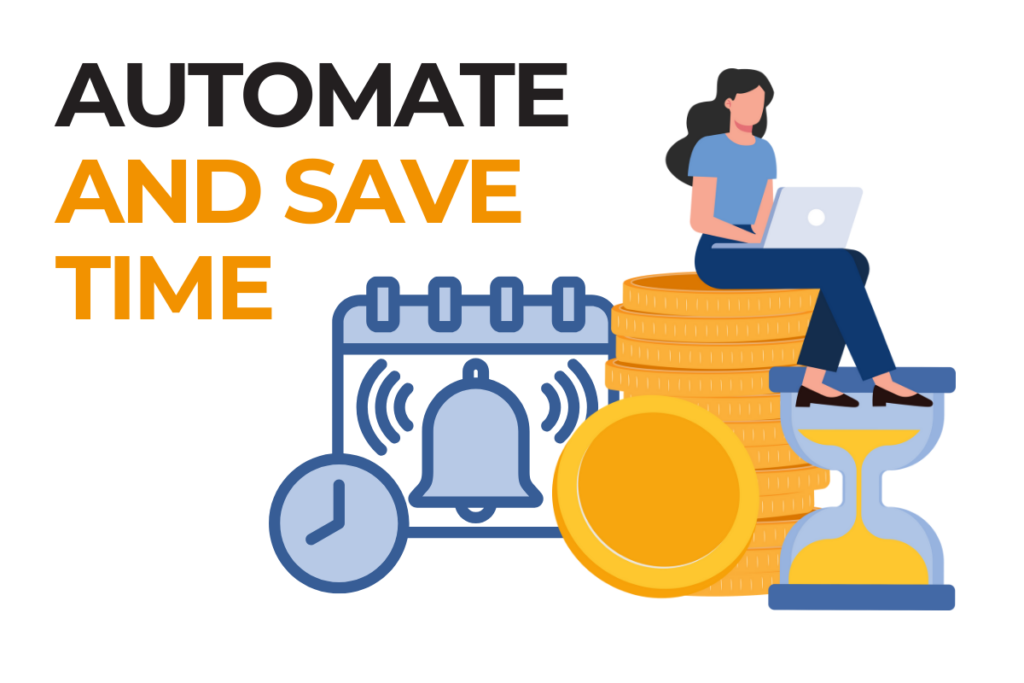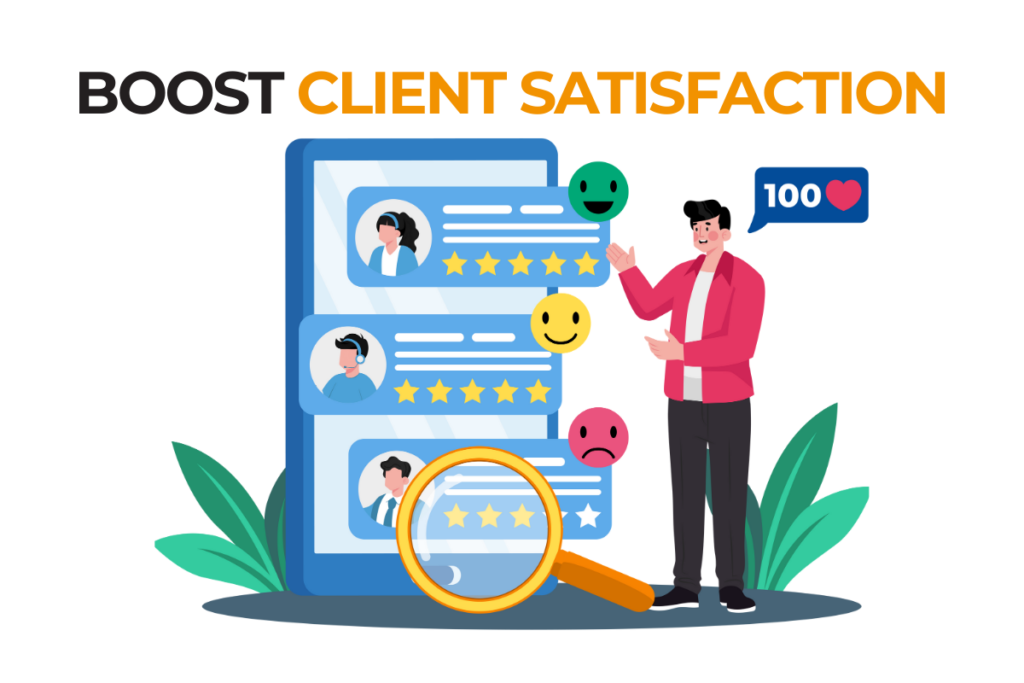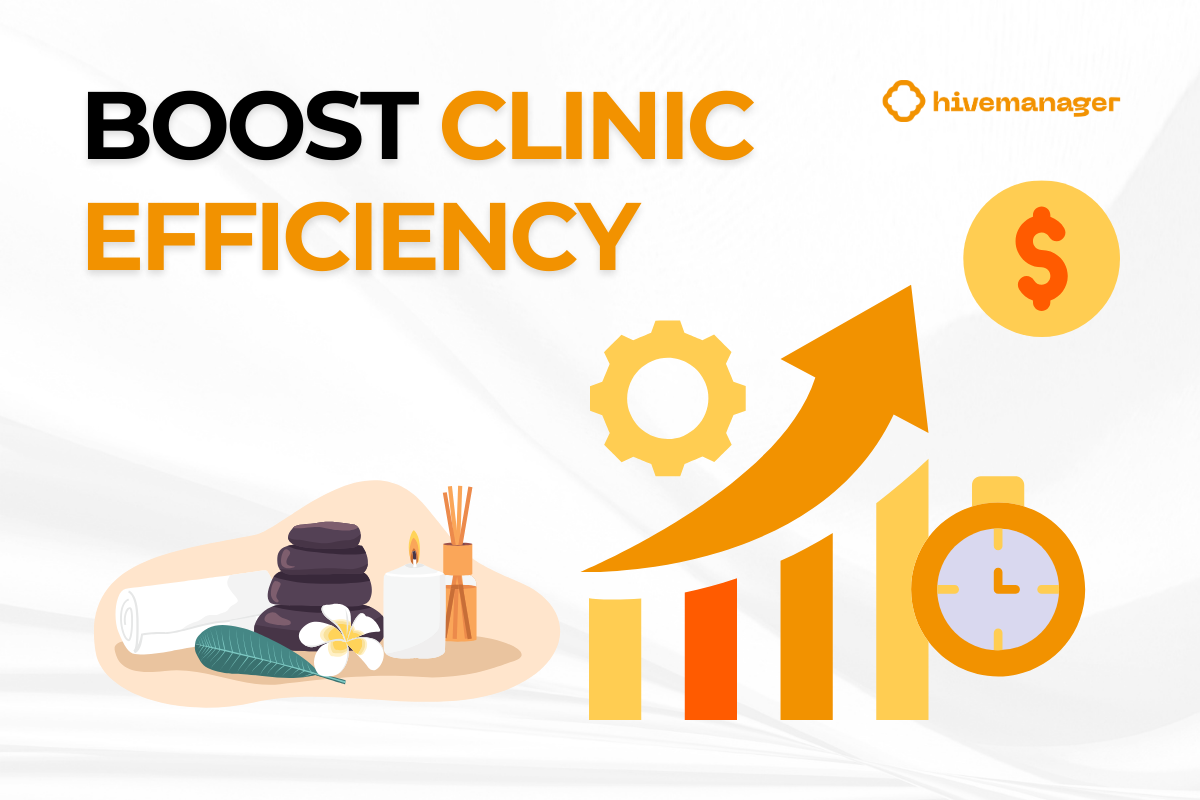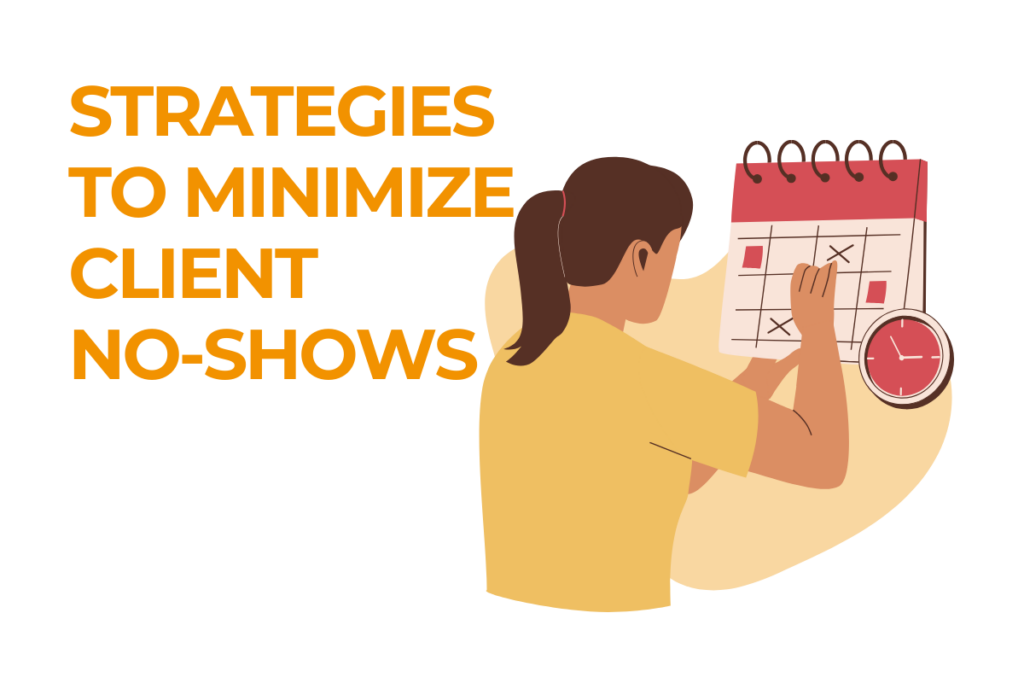Overcoming Scheduling Chaos: How Cloud-Based Systems Can Streamline Your Massage Clinic Operations
As a therapeutic massage clinic owner, you understand how crucial it is to ensure every aspect of your operations runs smoothly. From managing therapist schedules to coordinating client appointments and optimizing room utilization, the workload can feel overwhelming. The complexity only increases as your clinic expands, with more therapists, locations, and clients to manage. Yet, many clinic owners still rely on outdated methods like paper schedules or basic spreadsheets, which are prone to errors and inefficiencies.
Studies show that manual scheduling errors can reduce productivity by as much as 25%, leading to lost revenue, dissatisfied clients, and frustrated staff. Missed appointments, double bookings, and inefficient use of resources are just a few of the issues that arise with manual systems. The administrative burden also grows, pulling you and your staff away from essential tasks like client care and business development.
Cloud-based scheduling systems offer a comprehensive solution to these challenges. They automate tedious tasks such as appointment reminders and scheduling adjustments, while also providing clients with 24/7 access to book appointments online. This improves your clinic’s operational efficiency and enhances the client experience, offering greater flexibility and reducing wait times.
In this article, we’ll explore the most common challenges associated with traditional scheduling systems and show how transitioning to a cloud-based platform can solve these issues. Whether you want to reduce no-shows, improve therapist utilization, or scale your clinic efficiently, you’ll discover how cloud-based scheduling can help your business thrive.
The Hidden Costs of Manual Scheduling for Massage Clinics
How Old-School Scheduling is Hurting Your Bottom Line
While pen-and-paper scheduling or basic spreadsheets might seem cost-effective, they often come with hidden costs that drain your clinic’s resources. These outdated methods are prone to human error, resulting in issues like double bookings, missed appointments, and underutilized staff. Each error chips away at your clinic’s efficiency and, more importantly, its revenue.
For instance, if a therapist’s availability is incorrectly entered into a spreadsheet, that slot could remain unbooked, leading to lost income. These seemingly small gaps add up over time, reducing your clinic’s overall earning potential. Imagine multiple therapists with similar scheduling gaps—this could result in a significant revenue loss over weeks or months.
Additionally, manual scheduling places a heavy administrative burden on your team. Updating schedules by hand, managing cancellations, or trying to fill last-minute appointments takes time that could be better spent on improving the client experience or marketing efforts to grow your business.
Another major drawback is the lack of real-time visibility. With manual systems, there’s often a delay in accessing updated schedules, meaning therapists and clients may not have the most current information. This can lead to confusion, last-minute changes, and disorganized workflows, which affect both client satisfaction and staff morale.
Switching to a cloud-based scheduling system eliminates these inefficiencies and improves your clinic’s workflow. With real-time updates, automated appointment management, and seamless team coordination, you can ensure therapists are booked to capacity, clients experience smooth and professional service, and administrative tasks are minimized. The result? Increased productivity, higher client satisfaction, and greater profitability for your business.
Why Your Clients Expect Cloud-Based Scheduling
Meeting the Demand for Convenience and Flexibility
Today’s clients expect more than just a great massage—they want the convenience of booking appointments at any time, from anywhere. Whether it’s midnight or mid-morning, your clients want the freedom to check your availability, book, and even reschedule without having to call or email the clinic.
Cloud-based systems give your clients this flexibility, offering a 24/7 booking platform accessible via smartphone or computer. Automated reminders also ensure clients never forget their appointments, reducing the likelihood of no-shows.
Real-World Example: A clinic that switched to a cloud-based system saw a 15% reduction in no-shows within the first three months, thanks to automated email and SMS reminders. Clients appreciated the convenience of booking online, and the clinic benefited from more consistent scheduling.
Offering online booking not only meets client expectations for convenience but also improves client satisfaction and retention.
Streamline Operations with Cloud-Based Scheduling
How to Optimize Therapist Availability and Increase Productivity
Effective scheduling is about more than just filling appointment slots; it’s about ensuring the right therapist is available for the right client at the right time. With a cloud-based system, you can easily manage therapist availability, optimize room usage, and prevent over- or under-booking.
Cloud-based scheduling platforms allow you to set specific parameters for each therapist, such as their working hours, the services they offer, and preferred booking times. The system automatically adjusts bookings based on these factors, reducing idle time and ensuring therapists are utilized efficiently.
Bee-Effective Tactics:
- Set up automated scheduling rules based on therapist availability.
- Use the system to block unavailable times to prevent double bookings.
- Integrate with other tools, such as your billing system, to streamline operations further.
Simplify Scaling Your Massage Business
The Tools You Need to Grow Without the Chaos
As your business grows, managing multiple therapists, locations, and clients becomes more complex. A cloud-based scheduling system allows you to manage everything from a single dashboard, whether you have one clinic or several locations.
These platforms are designed to scale with your business, allowing you to handle increased appointment volumes, add new locations, and seamlessly coordinate between them. You can manage therapist schedules, client data, and room bookings across all locations without juggling multiple spreadsheets or systems.
Cloud-based scheduling makes scaling your massage business easier, reducing the chaos that often accompanies growth and providing centralized management.
Unlock Valuable Data to Improve Client Experience
Use Your Scheduling System as a Client Management Tool
One hidden advantage of cloud-based scheduling is the wealth of data it offers. Every appointment, client interaction, and therapist schedule is tracked and stored in one place. This data can be used to improve client experiences by offering personalized service, tailoring promotions to client preferences, and streamlining follow-up processes.
For example, a cloud-based system can store each client’s appointment history and preferences, allowing therapists to personalize each session. You can also set up automated marketing campaigns that send personalized offers or reminders based on past visits.
Data from cloud-based systems provides insight into client behavior, helping you offer personalized services and targeted promotions that boost client loyalty.
Reduce No-Shows with Automation and Smart Scheduling
Let Automation Handle the Admin Work
No-shows are a significant issue for massage clinics, leading to lost revenue and wasted time. Cloud-based scheduling systems tackle this problem by automating appointment reminders, managing cancellations, and even offering last-minute booking opportunities for clients on waitlists.
Bee-Effective Tactics:
- Set up automated reminders via email or SMS 24 hours before appointments.
- Use the waitlist feature to fill last-minute cancellations and reduce wasted time.
- Implement pre-payment options to reduce no-show rates.
Ensure Security and Compliance with Cloud-Based Systems
How to Safeguard Client Data and Stay Compliant
Handling sensitive client data is crucial in the wellness industry, and cloud-based scheduling systems provide the necessary security to protect this information. These platforms typically offer encrypted data storage, HIPAA compliance, and secure client access, ensuring your clinic stays compliant with privacy laws while safeguarding client information.
Choosing a cloud-based system that prioritizes security and compliance ensures your clients’ data is protected, building trust and confidence in your clinic.
Easy Steps to Transition Your Clinic to a Cloud-Based Scheduling System
How to Get Started Without Interrupting Your Workflow
Switching from manual scheduling to a cloud-based system doesn’t have to be complicated. By following a few simple steps, you can make the transition smoothly without disrupting your daily operations.
Step-by-Step Transition Guide:
- Research and Choose a System: Look for platforms that offer features your clinic needs, such as therapist scheduling, client management, and automated reminders.
- Train Your Team: Provide hands-on training to ensure your staff is comfortable with the new system.
- Set Up Client Portals: Ensure your clients know how to book online and send them step-by-step instructions for using the new platform.
- Monitor and Adjust: Use the first few months to track how well the system works and make necessary adjustments.
Long-Term Benefits of Cloud-Based Scheduling
By transitioning to cloud-based scheduling, you’re not just solving immediate scheduling challenges—you’re building a foundation for long-term success. These systems streamline daily operations by automating administrative tasks such as scheduling, appointment reminders, and cancellations. This allows your staff to focus on what truly matters: delivering exceptional client care and fostering strong relationships.
In addition to automation, cloud-based systems offer scalability. Whether you’re expanding services, adding new therapists, or opening multiple locations, a cloud-based system can easily manage increased demand without the complexities of manual systems. Real-time updates ensure that everything—from therapist availability to room bookings—runs smoothly as you scale.
Security is another key advantage. Cloud-based systems offer top-tier encryption and privacy compliance, ensuring client confidentiality and data protection. This builds trust with clients, who can confidently book services knowing their personal information is secure.
Beyond operational efficiency, cloud-based systems provide valuable insights through analytics and reporting. These tools help you make data-driven decisions, optimize staff utilization, and enhance client retention, positioning your clinic for long-term growth and profitability.
By embracing cloud-based scheduling, you’re not only solving today’s scheduling issues but also creating a secure, scalable, and efficient system that prepares your clinic for the future.
FAQ
1. What is cloud-based scheduling, and how does it differ from traditional systems? Cloud-based scheduling allows you to manage appointments, resources, and clients in real time from any device with internet access. Unlike traditional methods that rely on local software or spreadsheets, cloud-based systems are accessible anywhere and offer automation features such as appointment reminders and real-time availability.
2. Is cloud-based scheduling secure? Yes, most cloud-based scheduling platforms offer encrypted data storage and are compliant with privacy laws such as HIPAA. This ensures that both client and business data are securely stored and protected from breaches.
3. Can I integrate a cloud-based scheduling system with other software? Absolutely. Many cloud-based scheduling systems can integrate with billing software, email marketing tools, and even payroll systems, allowing you to streamline your entire clinic operation from one platform.
4. How long does it take to transition to a cloud-based scheduling system? The transition time can vary depending on the size of your clinic and the system you choose, but most businesses can complete the process in a few weeks. Start by setting up the system, training staff, and informing clients about the new booking process.

